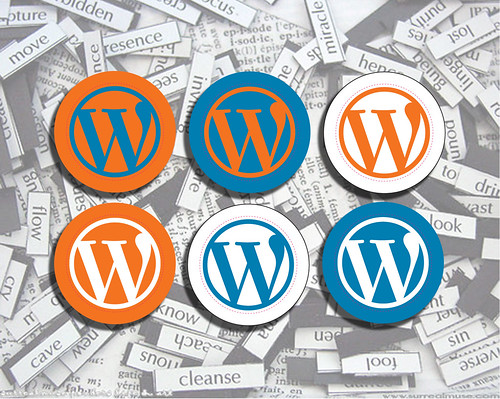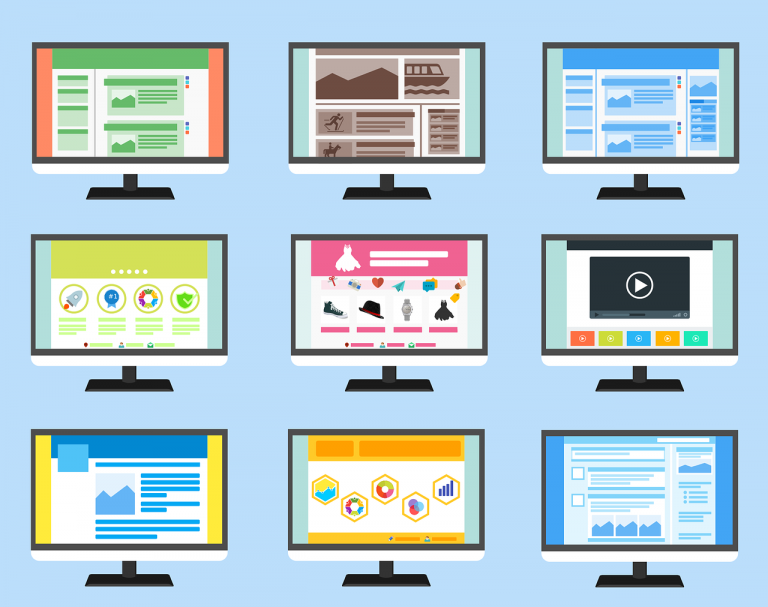WordPress Habits of Mind

Photo: WordPress Stickers Everywhere / teamstickergiant / http://creativecommons.org/licenses/by/2.0/
We are big fans of WordPress here at ITG. It’s highly customizable with thousands of free themes and plugins. However, such flexibility can sometimes result in confusion, especially when you are dealing with an open-source product like WordPress: the interface may change with certain themes, some functionality is not built-in when we think it should be, or sometimes we’re just plain overwhelmed with all of the options.
We understand your frustration! Our WordPress blog posts will explore the skills and knowledge that we find lead to more productivity and less frustration in WordPress. They are relevant no matter which theme you are using for your site and I would even venture to say that they’re applicable to other educational technologies as well.
This first post will start off with a few general tips and best practices. (Feel free to share your tips in the Comments area!):
- Save! Be mindful of saving your work. This not only goes for posts that you write, but also for pages, widgets, and plugin settings. If you’re changing the settings on a widget, make sure to check and see if there is a “Save” or “Update” button. If you’re making a change to a post, make sure to click “Update” or “Save as Draft.”
- Play! Don’t be afraid to test things out, especially when you’re using a new theme, widget, or plugin. Create test posts and pages to see how they interact with your theme, widgets, and plugins. You won’t know unless you try! Think of mistakes as learning opportunities and remember, you can always delete or un-publish a post or page.
- Start small. When testing or troubleshooting, focus on changing one variable rather than everything at once. Make the change, save, preview, see what’s different (if anything). Focusing on one variable at a time is safer and also helps you to easily pinpoint the issue.
- Take HTML baby steps. A little HTML can go a long way in WordPress. If you find that the formatting options in the Visual Editor are just not cooperating, you may want to switch over to the HTML Viewer. Although you don’t have to know HTML to use WordPress, it will certainly give you more formatting options. W3 Schools has tons of free resources for learning HTML.
- Tag! Get in the habit of creating tags when you’re creating posts. It will give you and your audience more options for organizing and searching through your content.
- Categorize! Take a few minutes when you’re creating your site to think about how you might want to categorize posts. Create the categories and use them as much as possible. You can always delete a category, add a new one, or reassign posts to different categories. Ultimately, categories provide you with more options for how to arrange your site. You can create pages of specific category posts, use them in menus, and many plugins and widgets build off of categories.
New to WordPress? Check out our guide on Getting Started with WordPress or request a consultation with ITG by sending an email to itg@emerson.edu.

